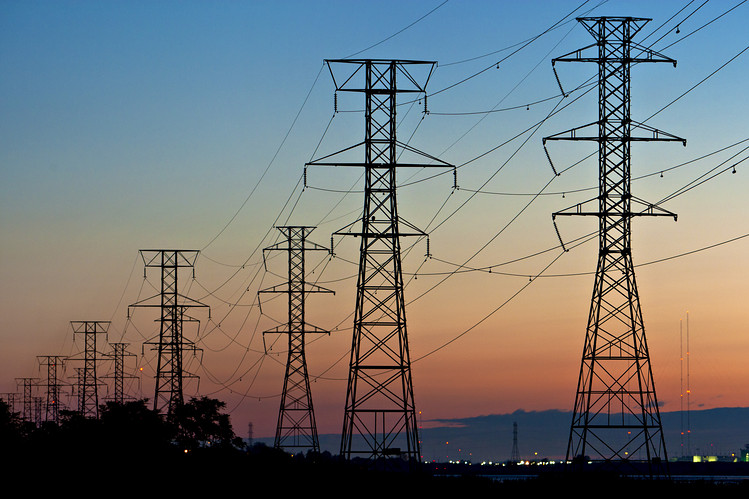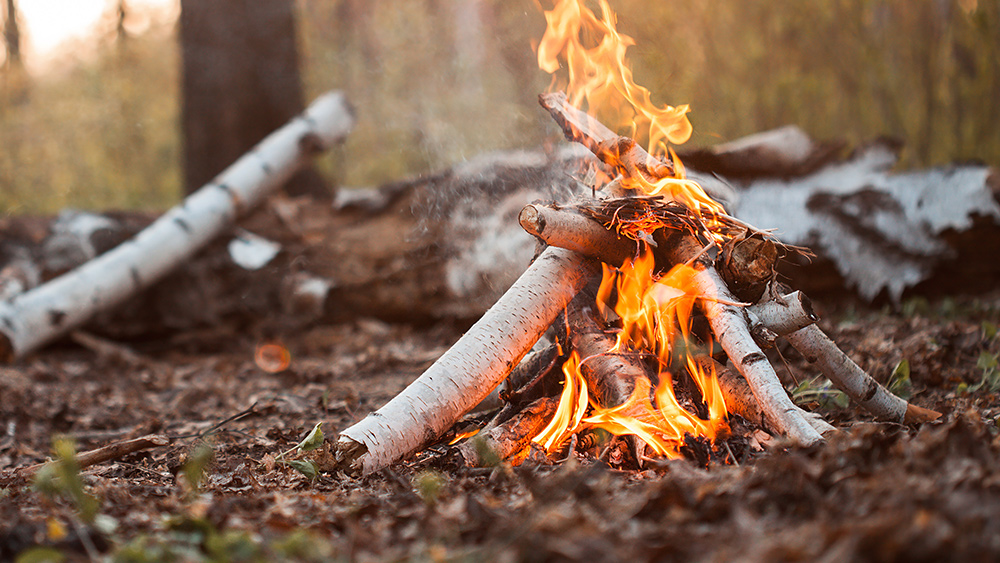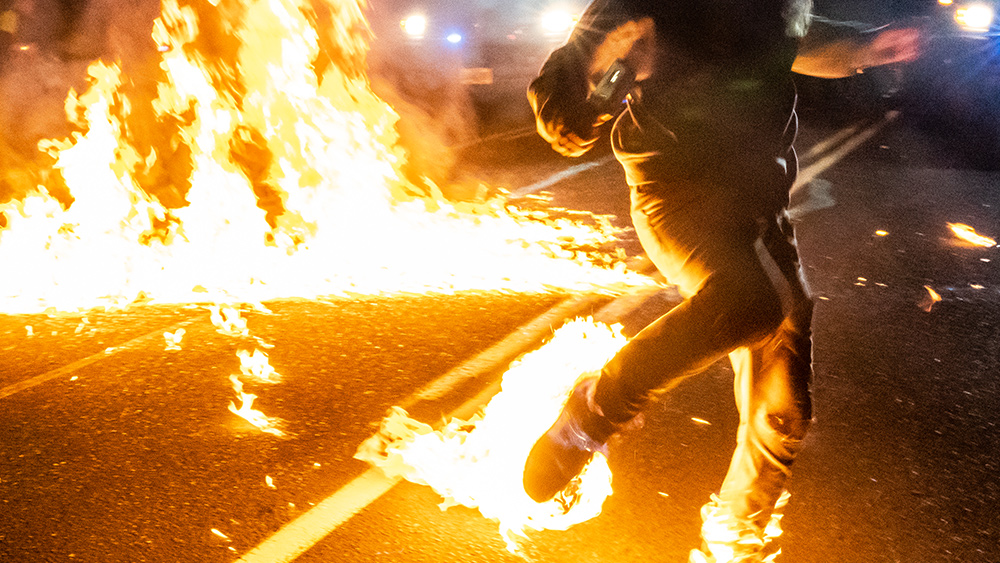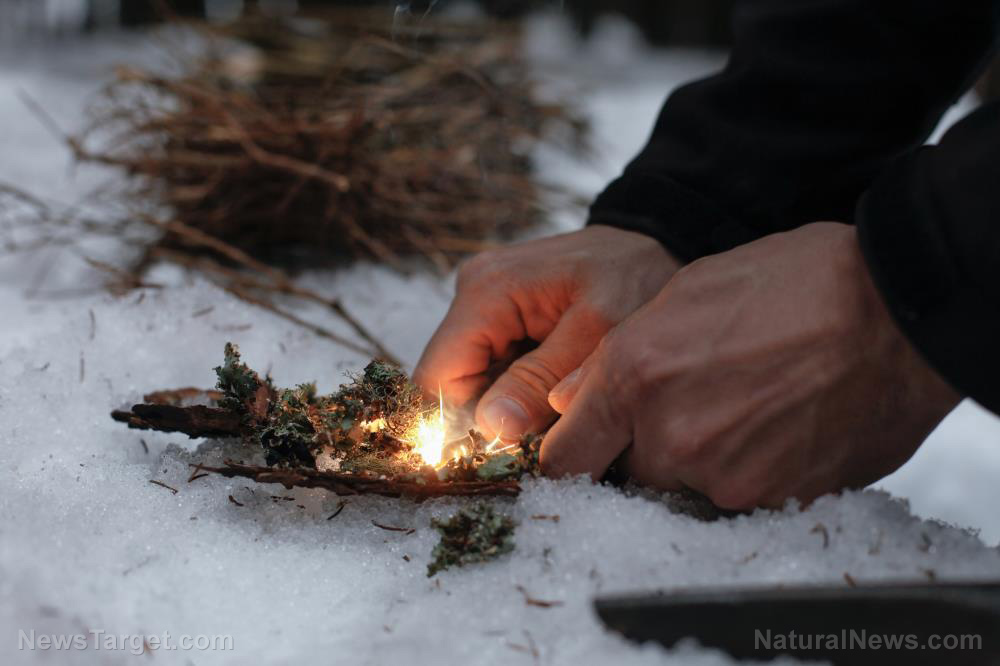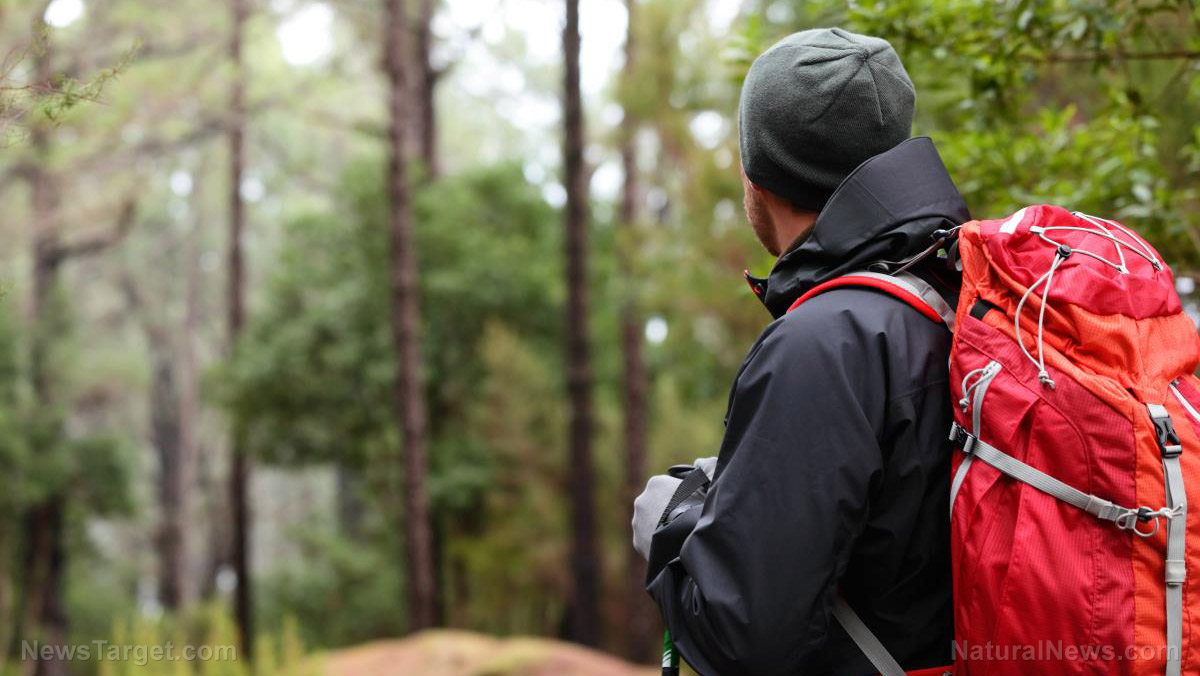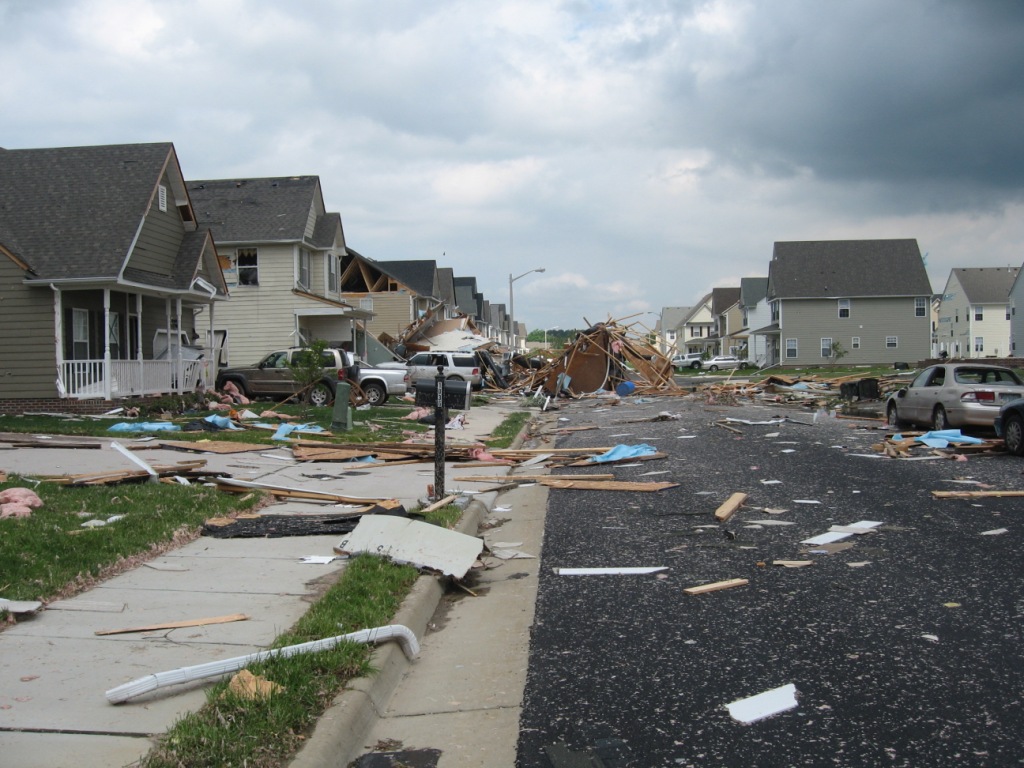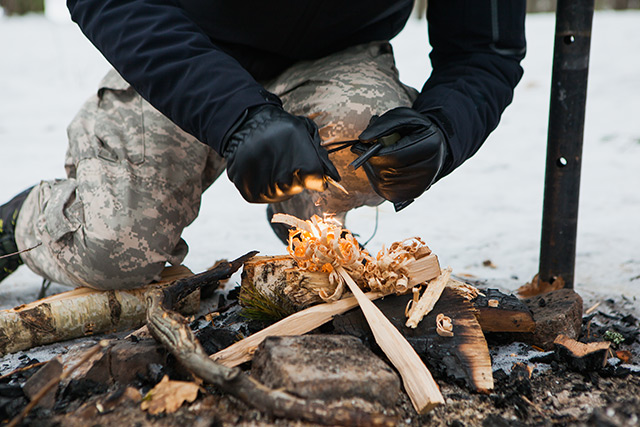
One of the most basic survival skills that any prepper should know is fire starting. Also known as fire making, this bushcraft skill can come in handy whenever you need to keep warm, cook food or signal your presence to other people. However, building a proper fire isn't as easy as the movies make it look. It requires practice and a thorough understanding of the principles of fire making. Here is a useful survival guide on the science behind fire starting. (h/t to OffGridSurvival.com)
Finding an ideal fire making spot
Where you build your fire can make a huge difference in how well your fire burns and how long it stays lit. If the surrounding area is wet, then you can simply use a stick or shovel to dig up the damp soil to expose the drier layer of soil underneath. You'll want to create a dry basin where you can start your fire. On the other hand, if your surrounding area is already dry, you'll want to start your fire away from dry vegetation that can accidentally catch fire.
Another important factor to consider is the thermal reflectivity of the site. This means that some materials reflect and conduct heat better than others. For example, rocks and dirt are poor conductors and poor reflectors. Because of this, they make excellent materials to enclose your fire since the side facing the fire will heat up quickly while conducting minimal heat away from the fire. If you can, you should also try to find a spot with some overhead cover to provide protection against the elements.
Deciding on the size of your fire
Larger fires burn hotter, so you need to figure out how big you want your fire to be. The average campfire has a diameter of around 12 inches. This is an ideal size for cooking, boiling water, staying warm and other campfire-related activities.
To safely enclose your campfire, you will need to gather rough rocks that can stand at least six inches high and line them around the perimeter of your campfire. Make sure there is enough space between each rock to allow oxygen to flow into the fire.
If you want to build a larger fire that will serve as a beacon to signal your presence, then you can expand the perimeter as needed. However, keep in mind that the bigger your fire is, the more fuel it will require. (Related: PREPPING 101: Top 11 ways to start a fire.)
Preparing your firewood
Not all types of wood burn equally. You will need to choose your firewood carefully depending on what kind of fire you want. Familiarize yourself with the different types of wood you can find in your local area.
Large logs burn slowly and make for excellent fuel. Smaller sticks, twigs and branches burn quickly and can be used as tinder. If you want your fire to produce a bright flame with plenty of heat, you can use pinewood and certain conifers since these types of wood contain highly flammable hydrocarbons in their sap.
For a quick burning fire with less heat and flame, you can make use of low-density woods without any combustible resin, such as willow or cottonwood. Dry sagebrush wood also burns quickly and intensely but provides a constant heat output. Once you have your firewood, form a sort of teepee by leaning the logs against each other.
Igniting your fire
Set your tinder inside the log teepee. You will need to create sparks to ignite the tinder and grow the flame. This can be accomplished with a lighter, a ferro rod or some matches. If there is a breeze, light your fire from the side the wind blows into. As the flame grows larger, it should steadily ascend to the top of your log teepee until you have a nice roaring flame. Feed your fire more dry logs to ensure that it does not go out.
Fire making is a crucial survival skill to have when SHTF. Learn more survival skills by visiting Survival.news.
Sources include:
Please contact us for more information.










